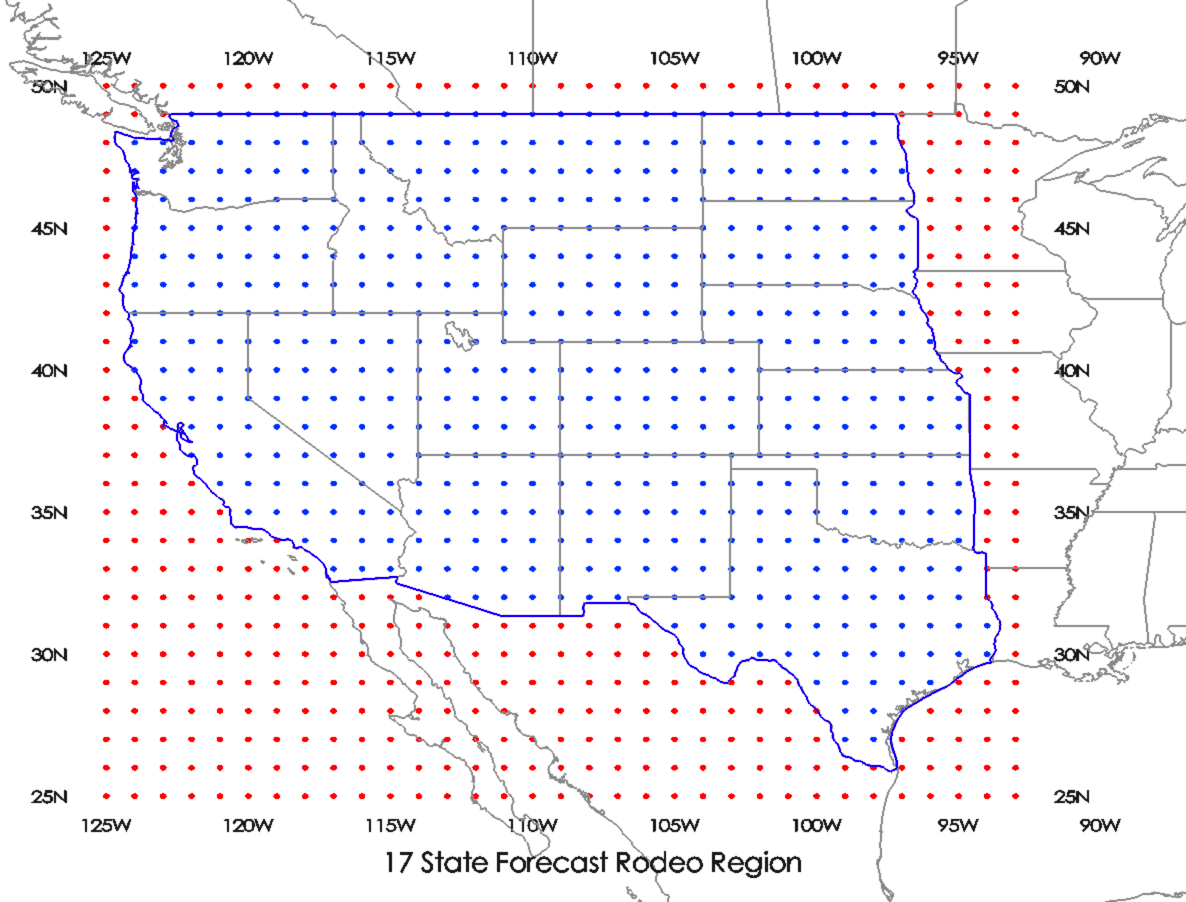Subseasonal Climate Forecast Rodeo

Water managers in the western United States rely on longterm forecasts of temperature and precipitation to prepare for droughts and other wet weather extremes. To improve the accuracy of these longterm forecasts, the U.S. Bureau of Reclamation (USBR) and the National Oceanic and Atmospheric Administration (NOAA) launched the Subseasonal Climate Forecast Rodeo, a year-long real-time forecasting challenge in which participants aimed to skillfully predict temperature and precipitation in the western U.S. two to four weeks and four to six weeks in advance.
Jessica Hwang, Paulo Orenstein, Judah Cohen, Ernest Fraenkel, and I developed a machine learning approach to the Rodeo and a SubseasonalRodeo dataset for training and evaluating subseasonal forecasting systems. Our system is an ensemble of two nonlinear regression models. The first integrates a diverse collection of meteorological measurements and dynamic model forecasts and prunes irrelevant predictors using a customized multitask model selection procedure. The second uses only historical measurements of the target variable (temperature or precipitation) and introduces multitask nearest neighbor features into a weighted local linear regression. Each model alone outperforms the debiased operational U.S. Climate Forecasting System (CFSv2), and, over 2011-2018, an ensemble of our regression models and debiased CFSv2 improves debiased CFSv2 skill by 40-50% for temperature and 129-169% for precipitation. For more details see Improving Subseasonal Forecasting in the Western U.S. with Machine Learning or these talk slides.
For information on our latest subseasonal forecasting work, please see our project page.